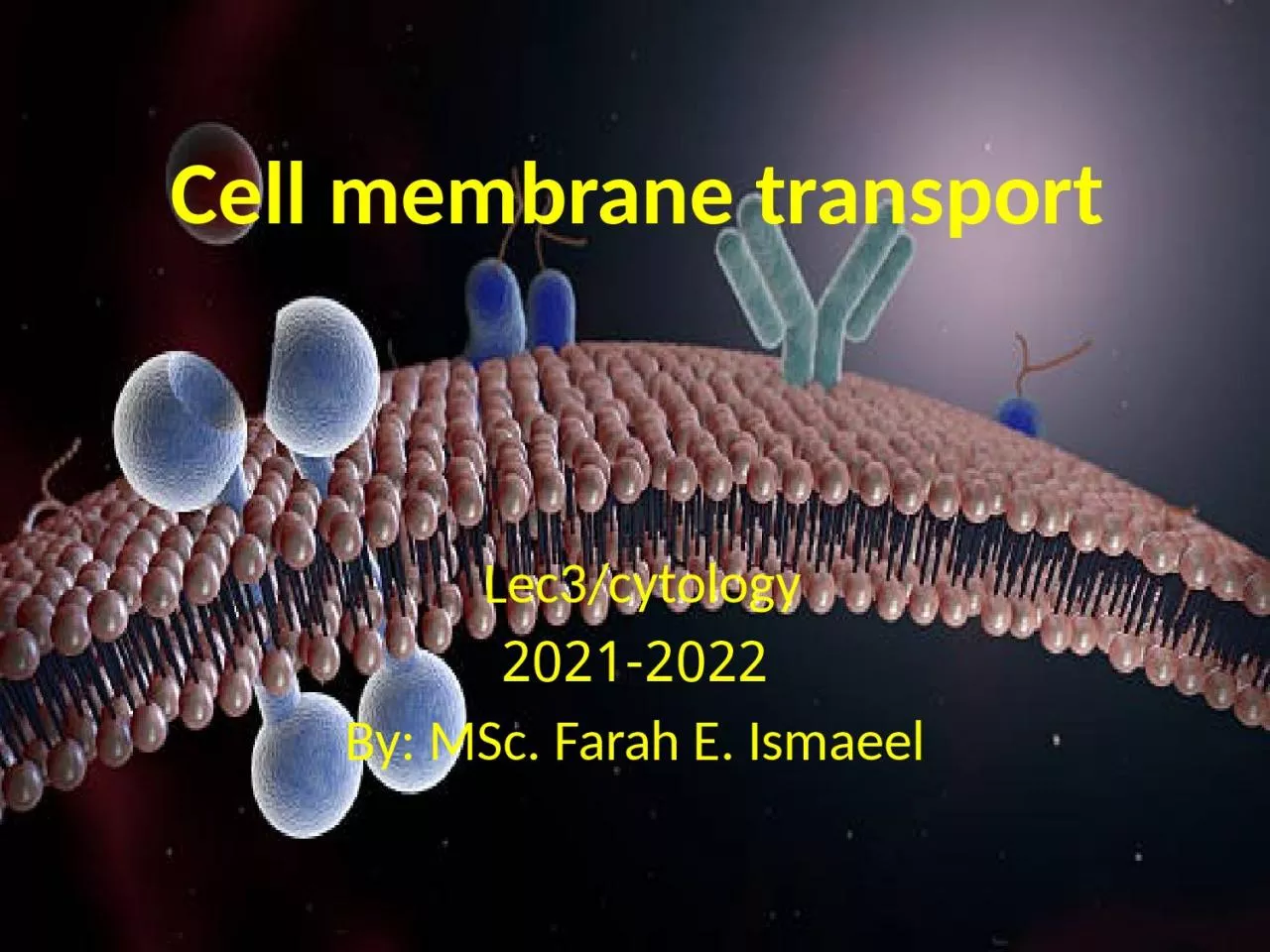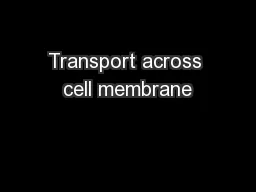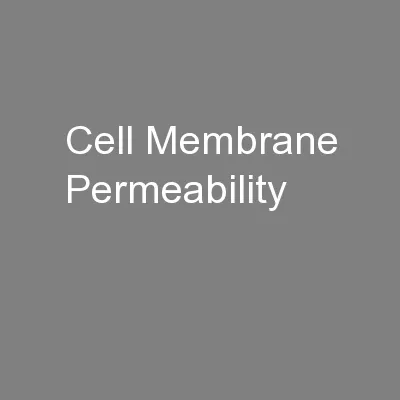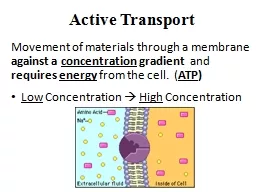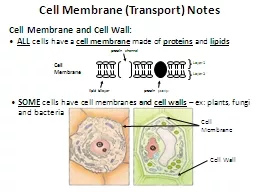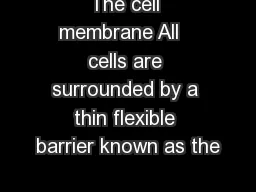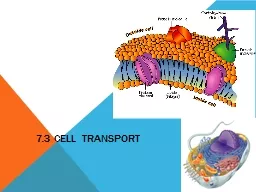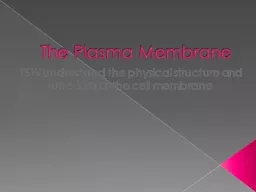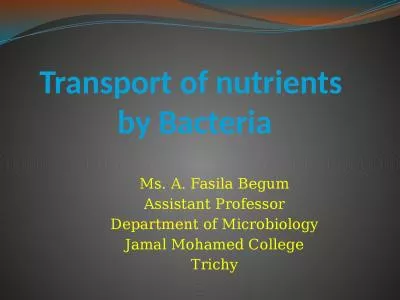PPT-Cell membrane transport
Author : faith | Published Date : 2024-01-29
Lec3cytology 20212022 By MSc Farah E Ismaeel Objectives of this lecture Learn about cell membrane permeability Learn about the ways of molecules transport
Presentation Embed Code
Download Presentation
Download Presentation The PPT/PDF document "Cell membrane transport" is the property of its rightful owner. Permission is granted to download and print the materials on this website for personal, non-commercial use only, and to display it on your personal computer provided you do not modify the materials and that you retain all copyright notices contained in the materials. By downloading content from our website, you accept the terms of this agreement.
Cell membrane transport: Transcript
Download Rules Of Document
"Cell membrane transport"The content belongs to its owner. You may download and print it for personal use, without modification, and keep all copyright notices. By downloading, you agree to these terms.
Related Documents

